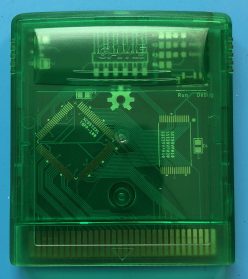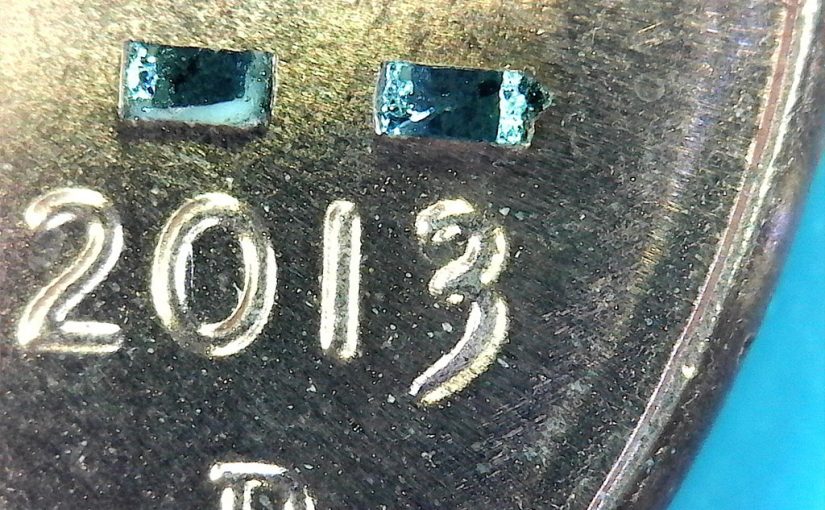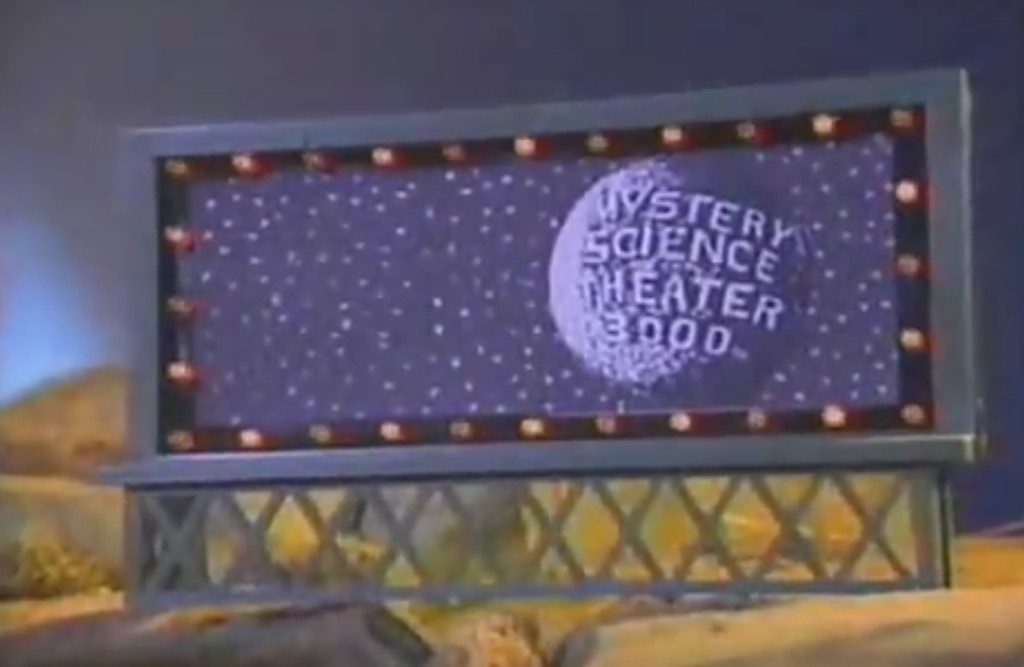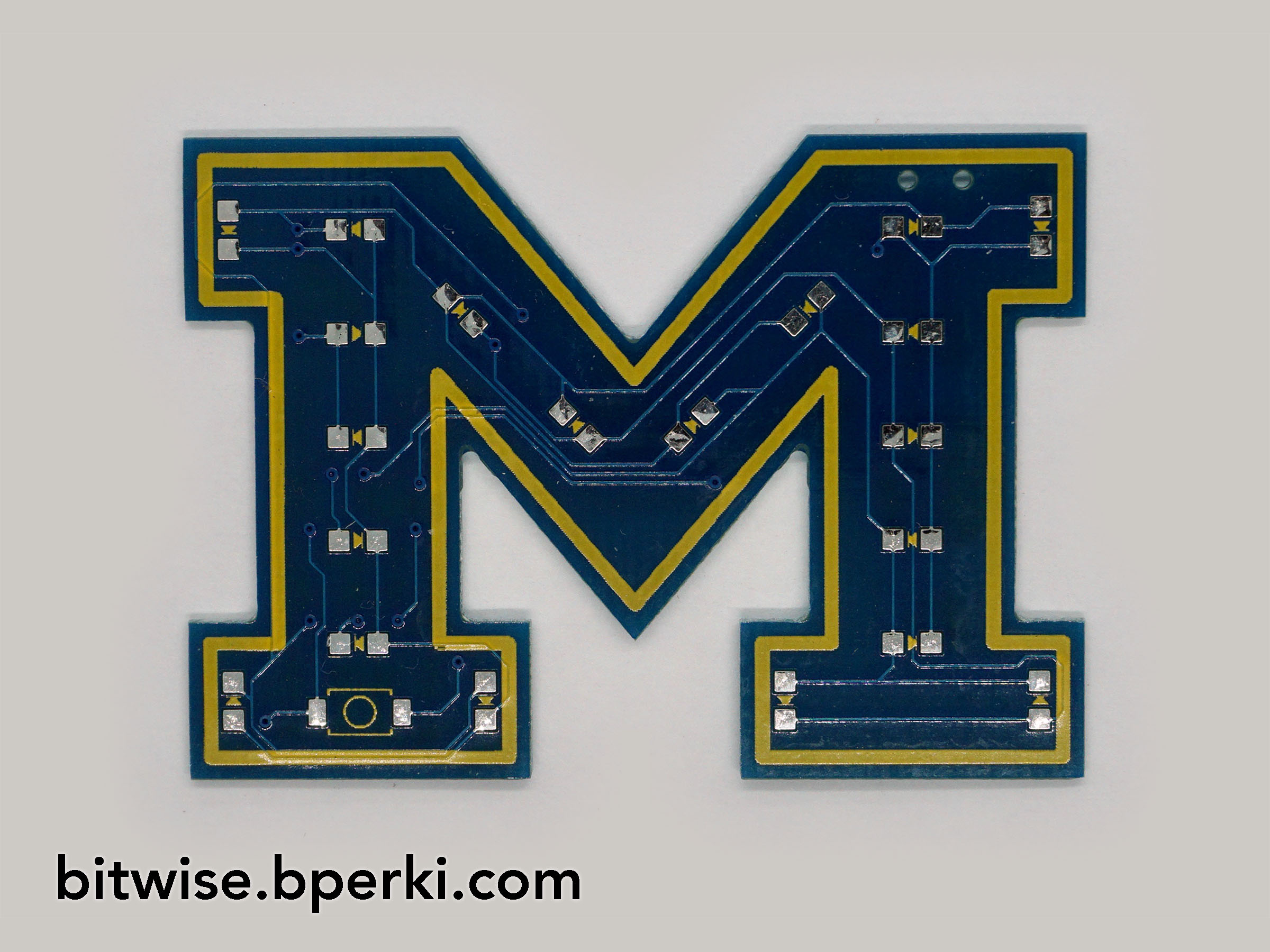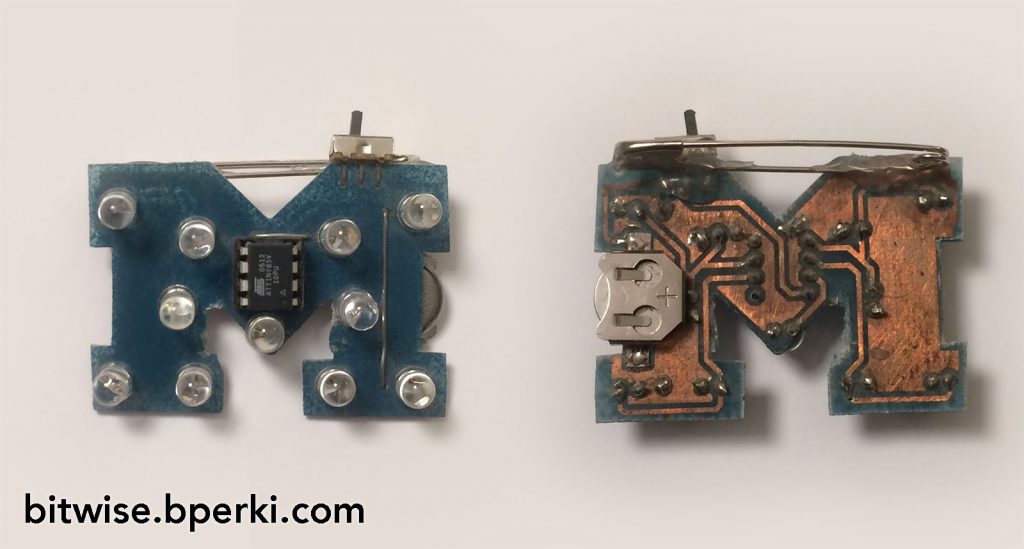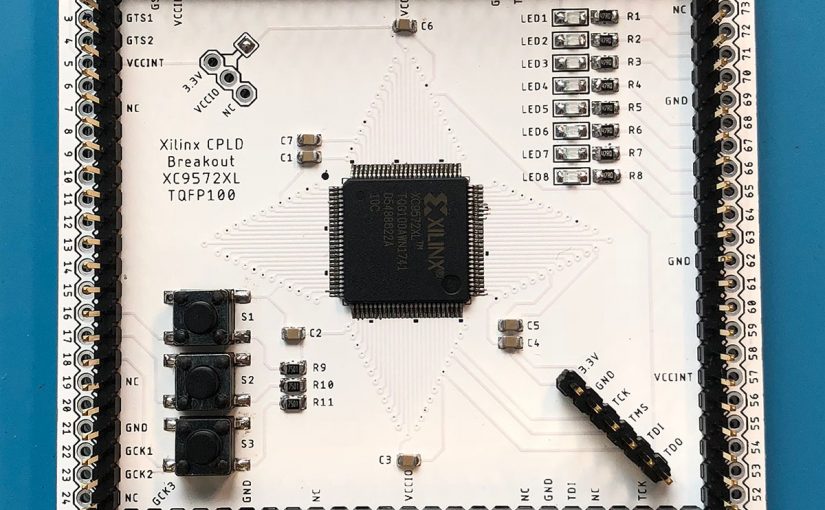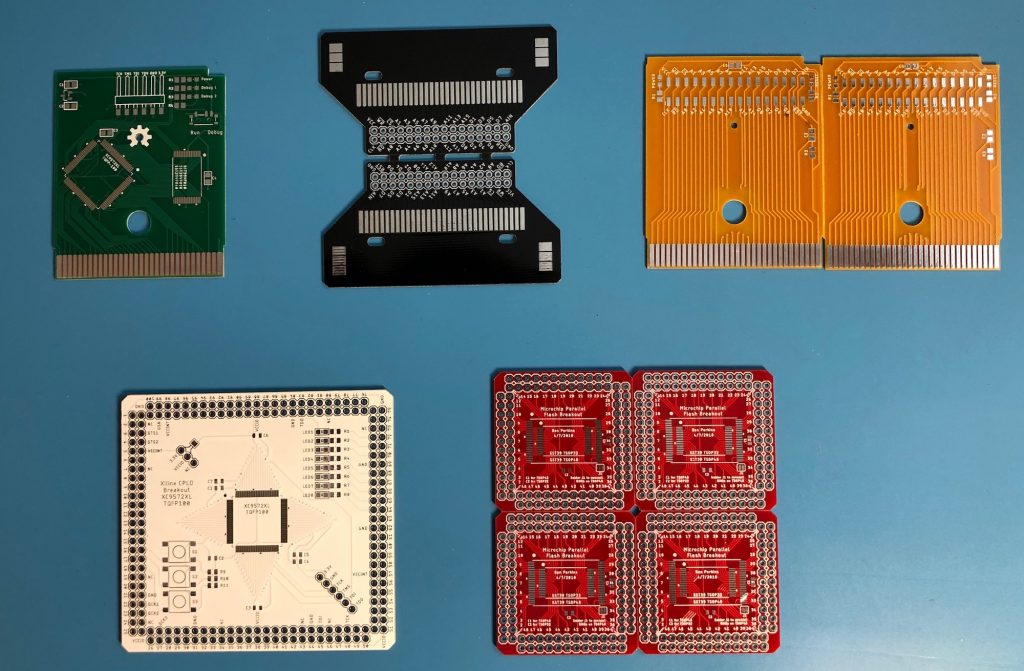Within the last few years, Atmel Microchip has come out with a few new parts in the ATtiny series. They’re quite cheap, even in single quantities, but they’re also very limited in terms of specs. In particular, the ATtiny104 has caught my eye due to having 12 IOs in a fairly small 14-pin SOIC package with a $0.70 price tag for a single piece. Keep in mind though, these parts only have 1kB of flash and 32 bytes of SRAM. Hackaday did a write-up when the 102/104 series was first released and they were “scratching our heads and asking what this chip is good for”. With that glowing endorsement, I rushed over to Digikey and bought 30 of them, because… You know… I’m sure I’ll figure out something to use them for.
Well the time has come. I’ve got an interesting project in mind for these diminutive chips, so I soldered a chip to a generic breakout PCB and got ready to make an LED blink. Continue reading Getting Started with ATtiny104 – Part 1: Installing the Toolchain on macOS
